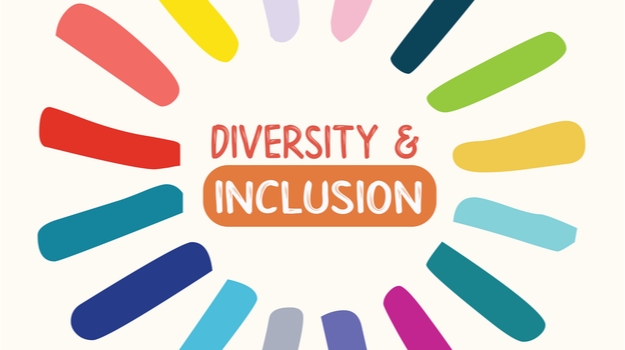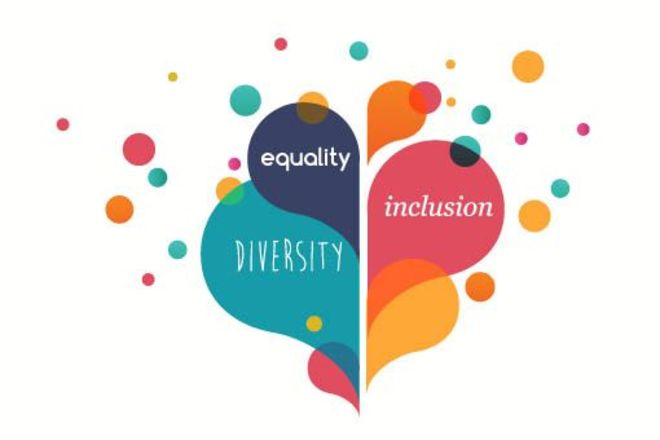Nowadays, two factors play a very crucial role in every recruitment and retention strategy. Companies are getting more and more eager to embrace diversity and inclusion in all aspects of their business because of performance-enhancing. This is more of a business strategy in today’s context than an HR strategy. The art of implementing “Diversity and Inclusion at work” stands the key.
What is Diversity in the workplace?

Diversity and Inclusion at work
Diversity is something when an organization is said to be employing a diverse team of professionals that is reflective of the environment in which it exists and operates. Then, how would you identify a team to be diverse? Diversity integrates all the aspects that differentiate individuals from one another. There can be numerous differences in humans, but defining diversity is done by a few social categories, such as gender, race, age, and so forth.
What is Inclusion in the Workplace?
Diversity and Inclusion at work are often used in tandem. The use of “diversity” and “inclusion at work” is diverse and dissimilar. Inclusion at work signifies a work environment where all individuals are treated fairly and respectfully and have equal access to opportunities and resources. Then, they will have the opportunity to contribute fully to the organization’s success.
Implementing Diversity and Inclusion at work
Diversity is about the traits and characteristics that make people unique. Inclusion is the behaviors and social norms that ensure people feel welcome. Diversity and inclusion are linked to the organization’s mission, strategies, and practices to support a diverse workplace. It will leverage the effects of diversity to achieve a competitive business advantage. The organizations and the companies that incorporate Diversity and Inclusion into their work environments can be more adaptable, creative, and prone to attract top talents.
Employers are said to be using diversity and inclusion initiatives for both compliance obligations, at the same time, it brings about the overall bottom line with a more diverse workforce. There are more or less 4 phases in developing a diversity and inclusion initiative:
- Collection of data and their analysis for determining the need for change
- Designing of strategy to match business objectives
- Implementation of the initiative
- Evaluating and continuing the audit of the plan
What are the practical strategies of creating an inclusive environment?
- Educate your organization’s executives and managers who are instrumental to your Diversity and Inclusion efforts.
- Forming a team of 8-12 influential officials below the CEO for goal-setting around hiring, retaining, and advancing a diverse workforce or who address any employee engagement problems.
- Acknowledging employee differences means you respect their backgrounds and traditions; at the same time, you invite them to share those in the workplace.
- To better understand their workers’ experience, you would conduct a comprehensive assessment of your organization’s demographics and people processes, so that you can develop specific strategies to promote inclusiveness.
- To create an inclusive mindset, you should hold effective meetings fostering contributions from everyone.
- Establish and clearly communicate specific, measurable, and time-bound goals and strategic aim along with the progress.










